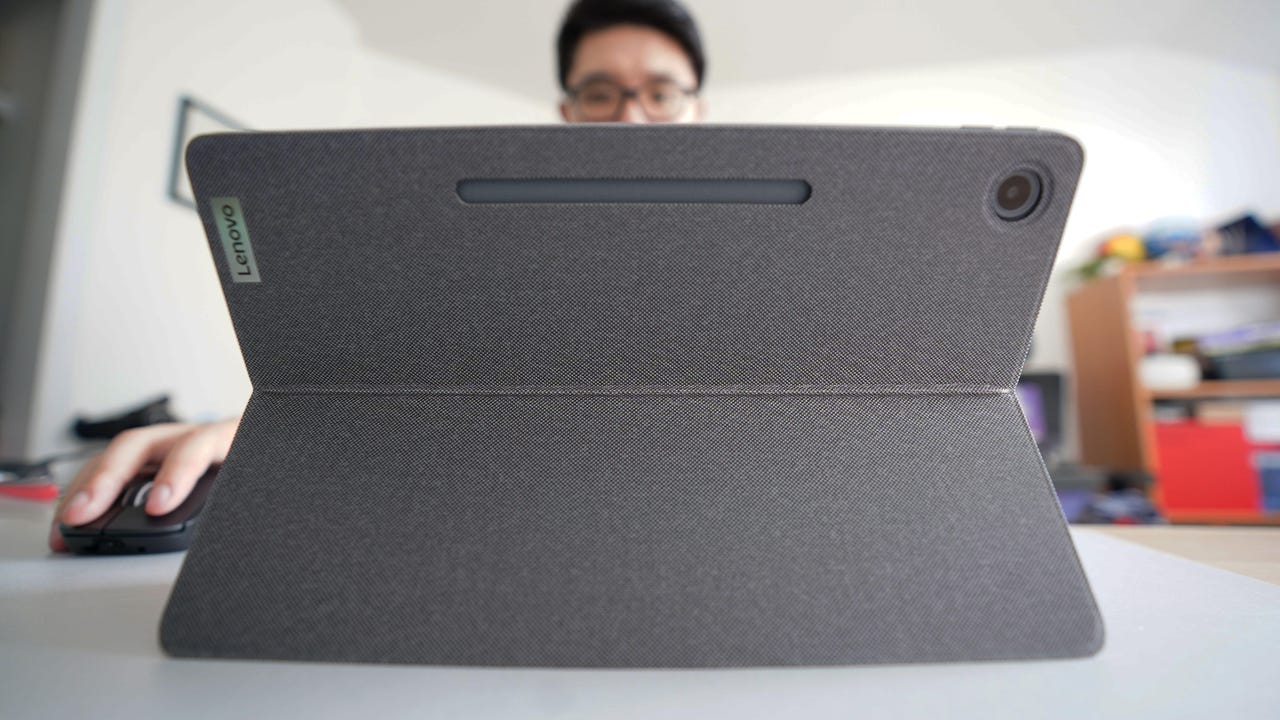'ZDNET Recommends': What exactly does it mean?
ZDNET's recommendations are based on many hours of testing, research, and comparison shopping. We gather data from the best available sources, including vendor and retailer listings as well as other relevant and independent reviews sites. And we pore over customer reviews to find out what matters to real people who already own and use the products and services we’re assessing.
When you click through from our site to a retailer and buy a product or service, we may earn affiliate commissions. This helps support our work, but does not affect what we cover or how, and it does not affect the price you pay. Neither ZDNET nor the author are compensated for these independent reviews. Indeed, we follow strict guidelines that ensure our editorial content is never influenced by advertisers.
ZDNET's editorial team writes on behalf of you, our reader. Our goal is to deliver the most accurate information and the most knowledgeable advice possible in order to help you make smarter buying decisions on tech gear and a wide array of products and services. Our editors thoroughly review and fact-check every article to ensure that our content meets the highest standards. If we have made an error or published misleading information, we will correct or clarify the article. If you see inaccuracies in our content, please report the mistake via this form.
How to use virtual desktops in ChromeOS to optimize your workflow

ChromeOS has evolved to the point where Chromebooks have become far more than just an operating system to host a web browser. With recent iterations of ChromeOS, the platform has become just as usable, flexible, and productive as other operating systems. You can even install Linux apps and Android apps to take advantage of several features found in other OSes.
One such feature is the virtual desktop.
Also: How I revived three ancient computers with ChromeOS Flex
What is a virtual desktop?
Before we get into the "how," we should first talk about the "what" and the "why" of things. First off, what are virtual desktops (aka "Desks")? Simply put, they are a way to separate your desktop into multiple workspaces to organize your workflow better. These workspaces aren't isolated from one another so that you can move applications between them. With ChromeOS, you can have up to 8 virtual desktops to keep things better organized.
Why use a virtual desktop?
Have you ever found yourself in a situation where you have so many applications or browser windows/tabs open that it becomes difficult to figure out what's what? When that happens, your productivity goes way down. Even with multiple monitor setups, you can find a single desktop can become quite limiting.
With virtual desktops, you can create a desktop for, say, Productivity, Social Media, Communication, News, or whatever category you need. Once you've created the virtual desktops, you can group apps (or web browser windows/tabs) together for a particular task.
For example, in a Productivity Desk, I might have a Chrome web browser window open with related tabs, a Linux terminal for development, and a PDF annotator. In the Social Media Desk, I might have a Chrome window open with all of my social media sites. The possibilities are endless (so long as you don't need more than 8 Desks).
Also: 5 reasons Chromebooks are the perfect laptop (for most users)
With that said, how do you create and use these virtual desktops? Let me show you. I'll be demonstrating on ChromeOS 105.0.5195.5 (from the Dev channel).
How to create a new virtual desktop
1. Access your virtual desktops
There are several ways to access your virtual desktops, but I will show you two. The first is by tapping the overview button on your keyboard (which looks like a square with two vertical lines to the right - something like []||. The second method is via a three-finger swipe up on the trackpad of your device.
When you open the overview, it will display all of your currently open apps as well as the virtual desktops you've created (Figure 1).
Figure 1
I have five Virtual Desktops created.
2. Create a new virtual desktop
Click + New Desk to create a new virtual desktop. You will immediately be asked to name the new Desk (Figure 2).
Figure 2
Creating and naming a new Desk in ChromeOS.
Once you've renamed the new Desk, click it, and you'll find yourself on that virtual desktop, where you can either open a new application or Chrome window or even move a currently open window to that Desk.
3. Using a keyboard shortcut
There's an even faster way of creating a new virtual desktop. If you type the [Shift]+[Search]+[=] key combination, a new Desk will be created with the name Desk X (where X is the new number of Virtual Desks you have). You can then rename the new Desk by clicking the current name and typing a new one.
4. Move a window to another virtual desktop
To move a window to a different virtual desktop, go to the Desk housing that window, click on the app/window in question, and drag it to the target Desk.
And that's how you get started using virtual desktops in ChromeOS. This feature will help make you more productive by keeping your Chromebook desktop better organized. Use those Desks wisely, and they will serve you well.
